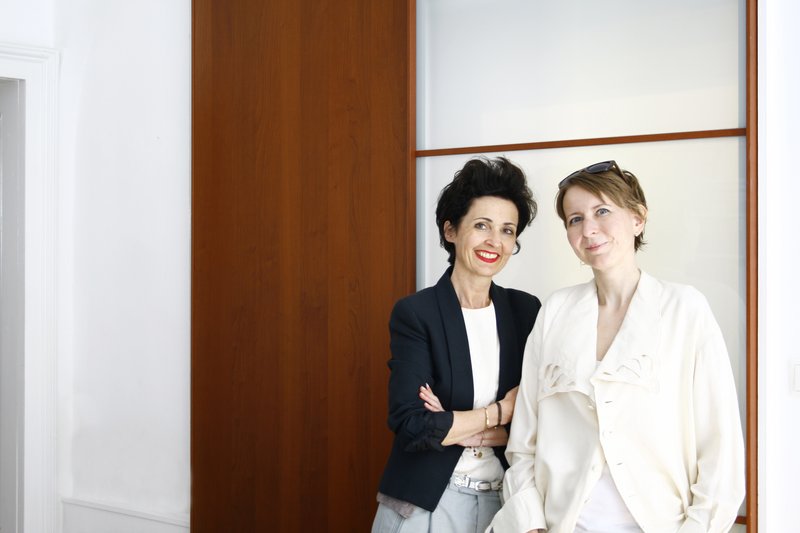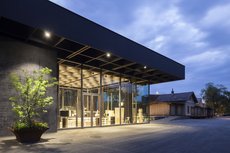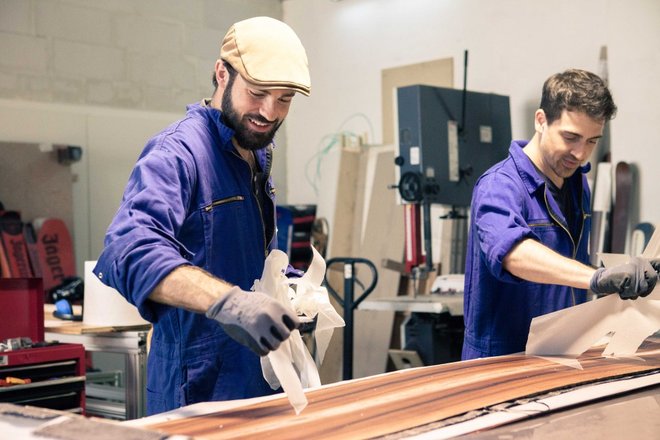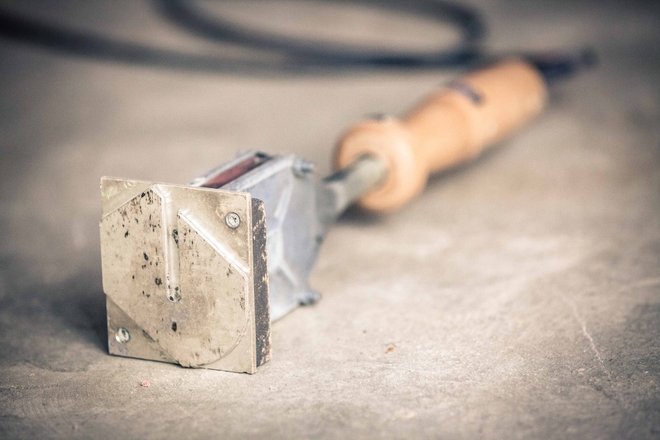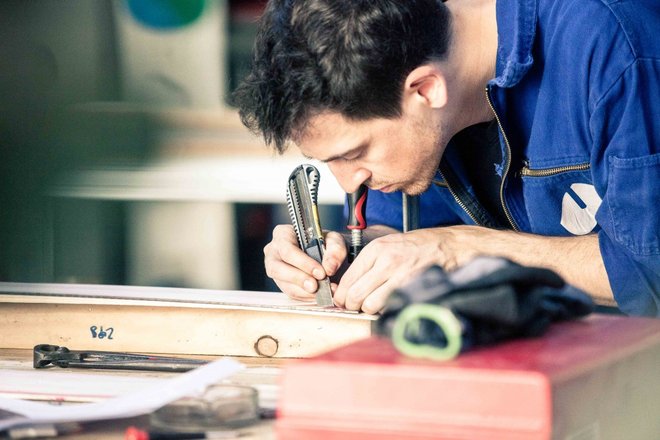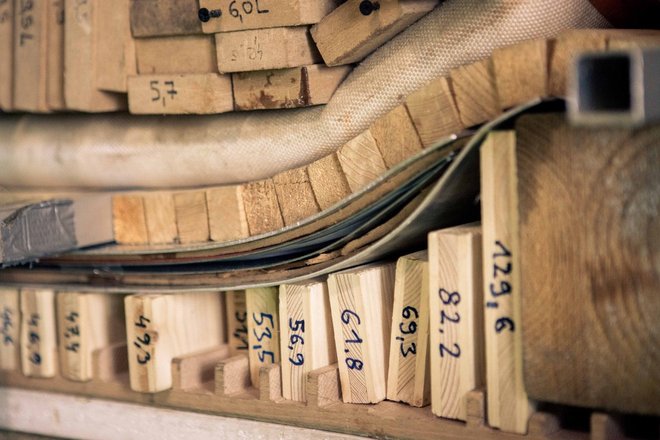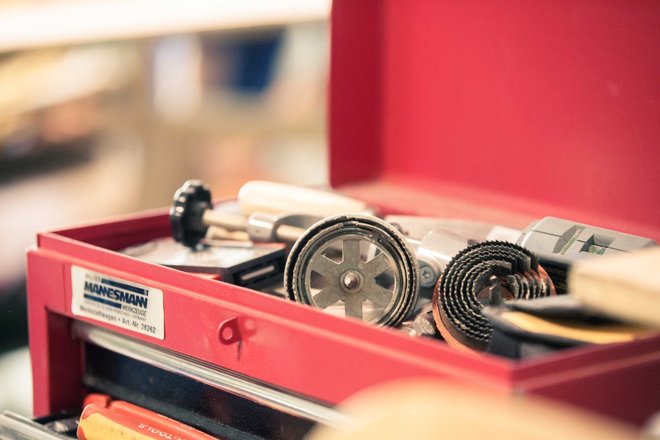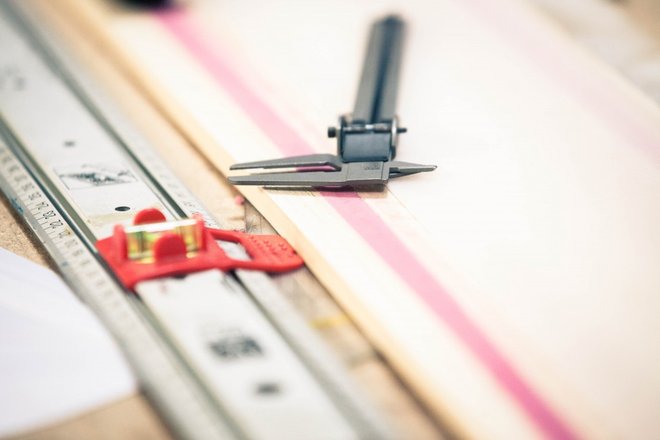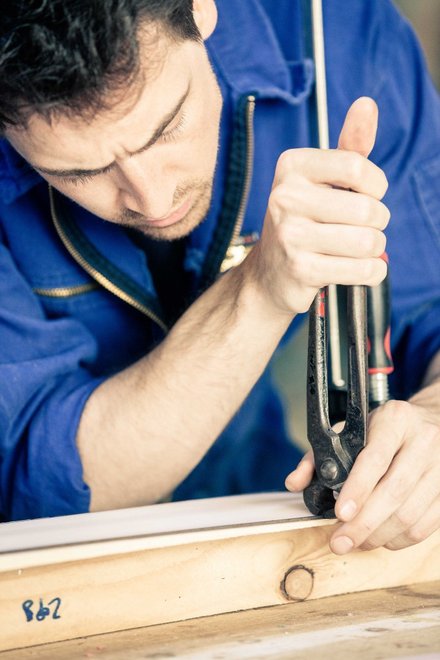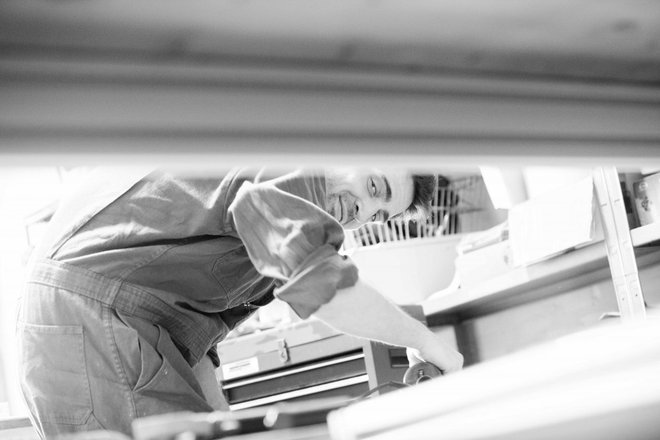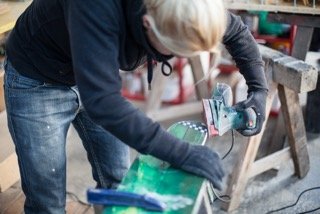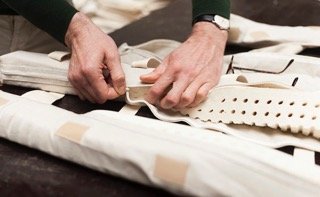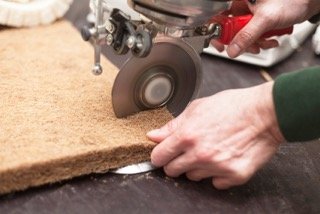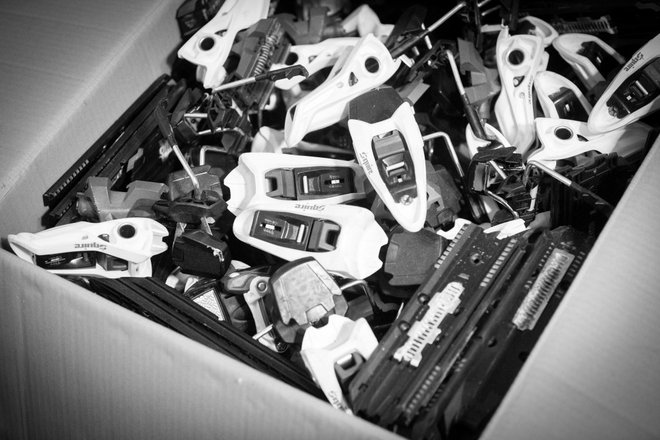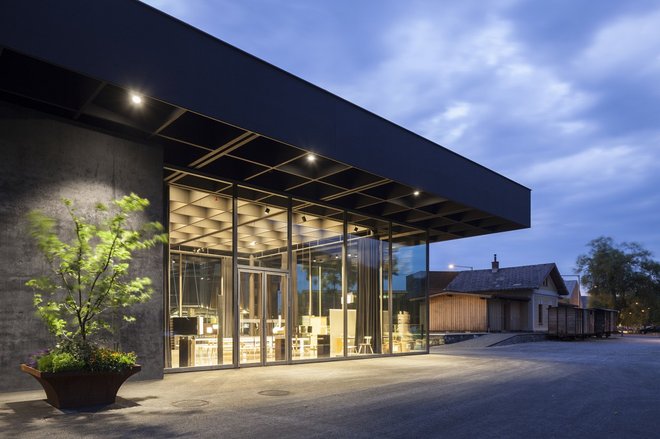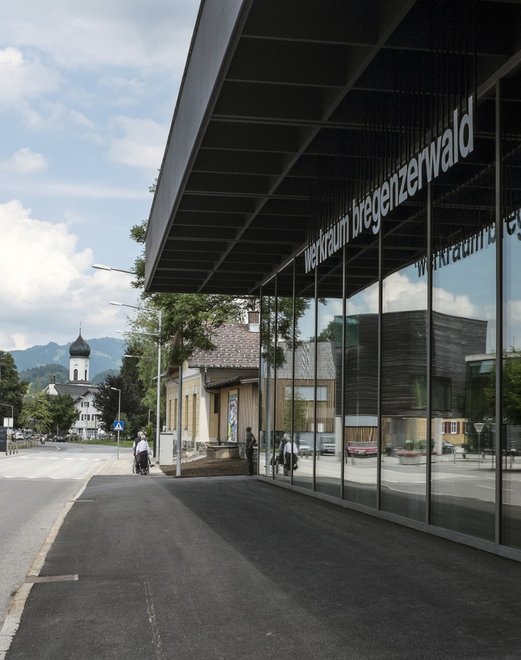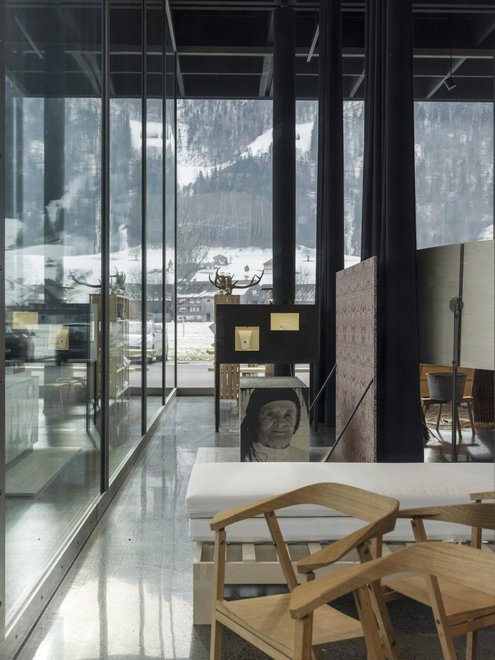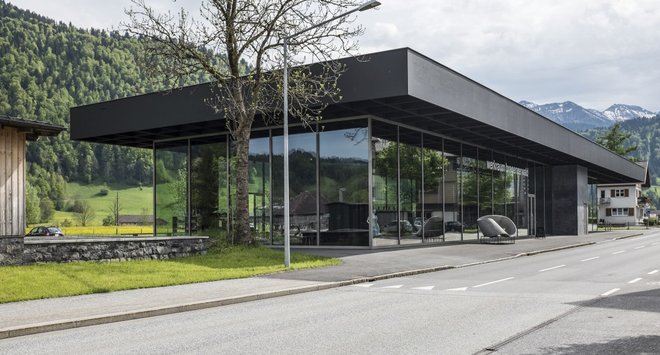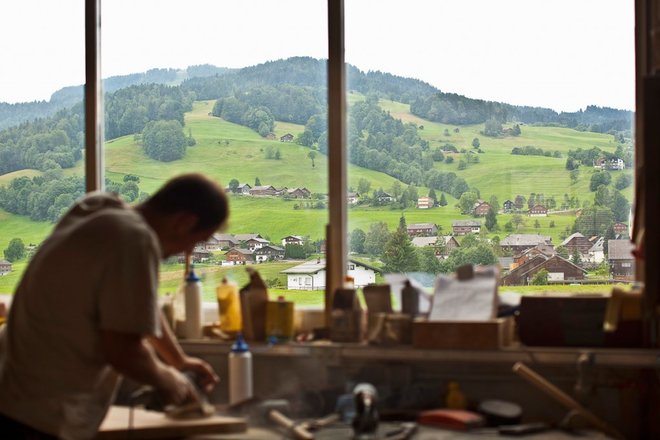Handmade In Austria
Handcraft is Sieglinde Eugenie Kathrein and Evelyn Appinger’s passion – in all its facets. That’s why the two founded manufakturLab in 2013, with the aim to advise domestic handcraft businesses, form networks among them, and to encourage them to pursue unconventional paths.
Antje Mayer-Salvi: Evelyn, you come from the field of art and architectural education. Sieglinde Eugenie, you are a communication expert and help set up, among other things, the lifestyle section of the online newspaper derStandard.at. Where does your passion for handcraft come from?
Sieglinde
E. Kathrein: My
brother, Joachim
Kathrein,
is a trained conservator with a master carpenter education. He
pursued his education on his own initiative, researched old
techniques and materials, and in the meanwhile has established
himself as a popular expert in the field.
His talents are sought after in the realm of monument protection as well as by private clients – and also far beyond the borders of Austria. He was and is for me a best practice example for how one can successfully practice traditional handcraft in the here and now. His path inspired me. Yes, and then I asked Evelyn if she would like to co-found manufakturLab together with me.
How have handcraft businesses responded to your initiative?
"Our motto is: Together we are strong"
The basis for our research was essentially word of mouth. Now an UNESCO study on handcraft in Austria will be published at the end of the year. We’re excited to find out what conclusions were made.
Have you discovered a new best practice example?
Each ski is unique, and unlike industrially produced products they are designed to one’s own personal needs. The customers of Ünique Ski obviously accept the fact that quality has its price, particularly as the investment pays off in a couple of years. Handcraft works very well in the high-end sector, but our goal is for it to also to compete in the middle price range.
What’s the situation otherwise for handcraft in Vienna?
E.A.: Many craft businesses in Vienna have already died out unfortunately; certain street names are the only remaining evidence of their past existence. With almost 150 submissions (!) the recently concluded competition Crafted in Vienna by departure, the creative center of the Vienna Business Agency, demonstrates that there are many new initiatives in the field of handcraft in Vienna.
"We believe that handcraft can make a difference in society."
Is it just a hip nostalgic trend – here today, gone tomorrow?
We sit the entire day in front of the computer; making something with your own hands takes on a new meaning. The fact that handcraft processes take longer is not a disadvantage in a world where everything keeps getting faster.
But tinsmiths, locksmiths, and plumbers are also craftspeople, right?
E.A.:
manufakturLab wants to concentrate on those who are changing
something in society, those who either have a social agenda, deal
with resources exceptionally sparingly, explore digital
possibilities, or reinterpret old manufacturing techniques. We
believe that handcraft can make a difference in society.
The carpenters at Handgedacht are a good example. They want to make handcraft tangible once again but at the same time also offer high-caliber design through very process-oriented work. Parallel, they focus on repair, for example, instead of buying new products – they also offer shared use of their equipment, which in turn cultivates a neighborly culture.
That sounds exciting! What else is there is Vienna?
Another example is Ruffboards, Vienna’s first longboard manufacturer. Since January 2014 they have been producing longboards out of old snowboards in the 18th district with the help of former prisoners. In the beginning they used a textile material that they had to import from England. We put them in contact with the Textilzentrum Haslach in Mühlviertel, which conducts research on materials from plant fibers. In the Mühlviertel area of Lower Austria there is a long tradition with textiles. They do great work there.
Handcraft has a totally different level of appreciation in the Austrian provinces! Are there role models?
Even the so-called Werkraum Bregenzerwald coalition of handcraft businesses alone is exemplary. Apparently, it also works financially – after all, they could afford to have their workshop built by star architect Peter Zumthor! (laughs)
Do you have a vision?
Our motto is: “Together we are strong.” At the moment we are very optimistic that Austria – and especially the city of Vienna – will finally recognize the potential of the handcraft tradition.

